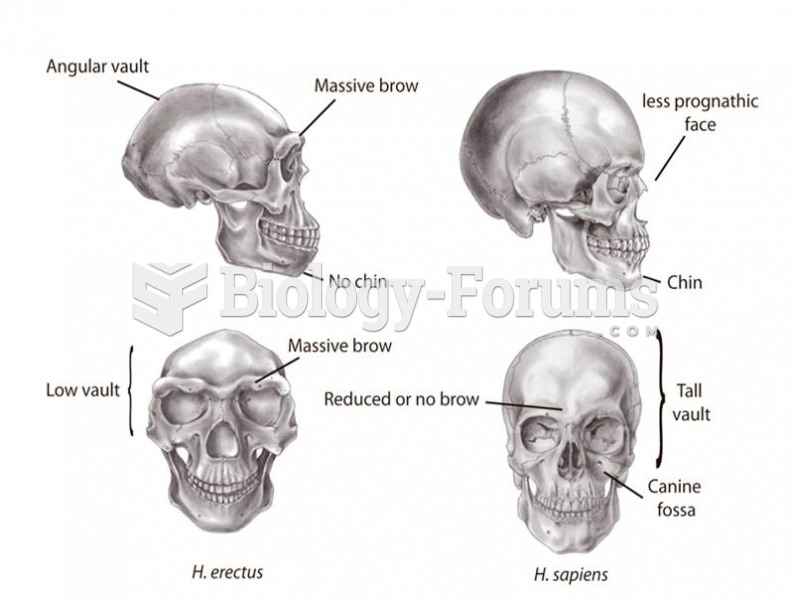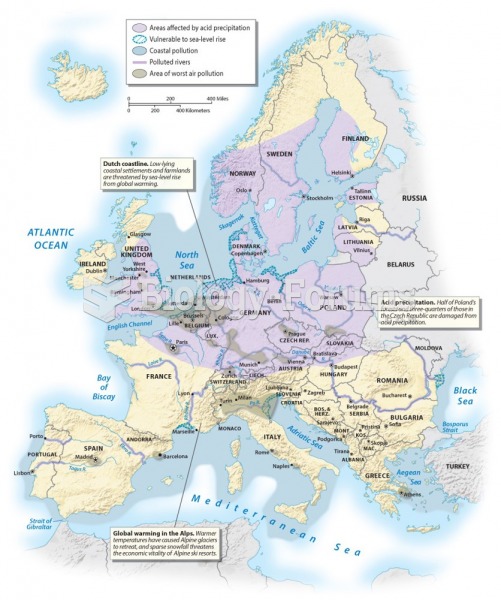Answer to Question 1
- Charles Paul Segal views the clash between Creon and Antigone as the result of two conflicting worldviews one female, the other male:
It is again among the tragic paradoxes of Antigones position that she who accepts the absolutes of death has a far fuller sense of the complexities of life. Creon, who lacks a true reverence for the gods, the powers beyond human life, also lacks a deep awareness of the complexities within the human realm. Hence he tends to see the world in terms of harshly opposed categories, right and wrong, reason and folly, youth and age, male and female. He scornfully joins old age with foolishness in speaking to the chorus (26768) and refuses to listen to his sons advice because he is younger (68485) . . .
All these categories imply the relation of superior and inferior, stronger and weaker. This highly structured and aggressive view of the world Creon expresses perhaps most strikingly in repeatedly formulating the conflict between Antigone and himself in terms of the woman trying to conquer the man. He sees in Antigone a challenge to his whole way of living and his basic attitudes toward the world. And of course he is right, for Antigones full acceptance of her womanly nature, her absolute valuation of the bonds of blood and affection, is a total denial of Creons obsessively masculine rationality. (Sophocless Praise of Man and the Conflicts of the Antigone, in
Sophocles: A Collection of Critical Essays, ed. Bernard Knox Twentieth-Century Views Series: Englewood Cliffs: Prentice, 1966)
Ruth E. Zehfuss has noticed that
Antigone cries out for comparison with Susan Glaspells
Trifles: both are plays in which the protagonists find their moral convictions at odds with the law of the state. Interestingly, Zehfuss sees other parallels. The settings of both
Trifles and
Antigone emphasize the relative positions of authority figures and those whose lives they control.
Antigone is played out in front of the palace, the locus of authority. Similarly, in the stage directions for the beginning of
Trifles, the Sheriff and the County Attorney are in charge: as guardians of the law, they occupy center stage, near the warm stove, while the women stand off near the cold door. Like Creon, they represent officialdom. Other characters in both plays also reveal similarities. Sophocless Ismene, like Glaspells Mrs. Peters, is a weak character reluctant to challenge the authority of the law. But both Antigone and Mrs. Hale have the strength to question it and finally to defy it (The Law and the Ladies in
Trifles,
Teaching English in the Two-Year College Feb. 1992, 4244).
Answer to Question 2
- The edict itself makes Creons motive unmistakably clear:
In consonance with this, I here proclaim to the citizens about Oedipus sons. For Eteocles, who died this citys champion, showing his valors supremacy everywhere, he shall be buried in his grave with every rite of sanctity given to heroes under earth.
However, his brother, Polyneices, a returned exile, who sought to burn with fire from top to bottom his native city, and the gods of his own people; who sought to taste the blood he shared with us, and lead the rest of us to slavery I here proclaim to the city that this man shall no one honor with a grave and none shall mourn. You shall leave him without burial; you shall watch him chewed up by birds and dogs and violated. Such is my mind in the matter; never by me shall the wicked man have precedence in honor over the just. But he that is loyal to the state
in death, in life alike, shall have my honor. (lines 211229)







